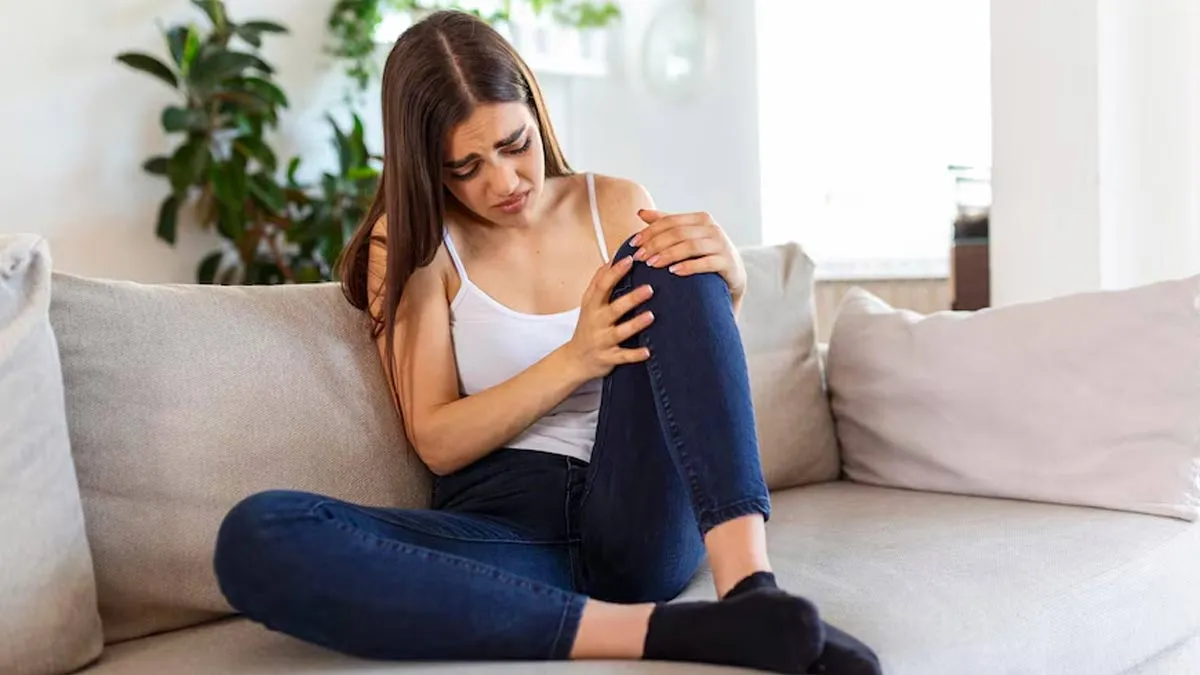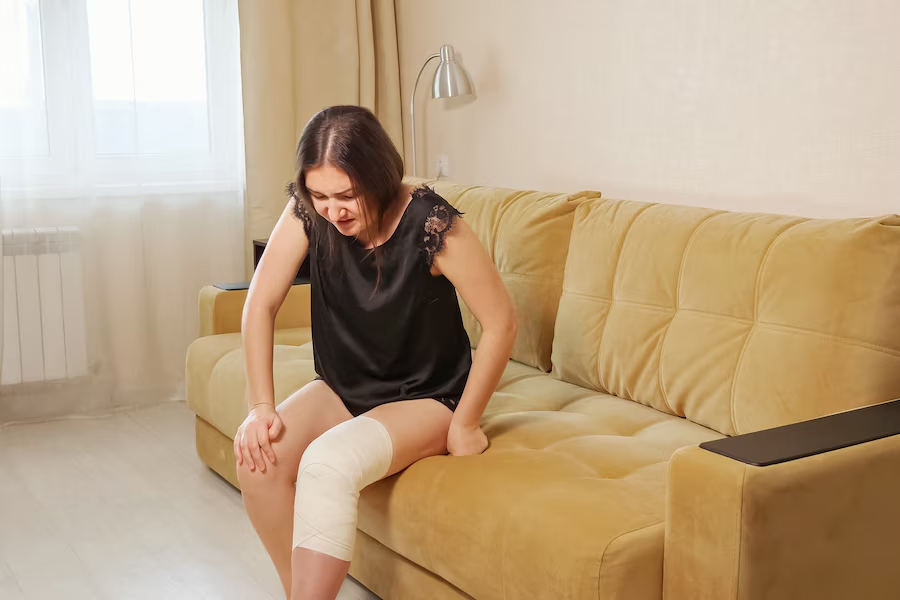
Knee troubles are a common complaint among women in their 20s, often described as a sensation of wobbly or loose knees. While such issues may seem minor, they can be indicative of a condition known as patellar subluxation. This refers to a partial dislocation of the kneecap, medically termed the patella, which compromises knee stability and mobility.
Table of Content:-
What is Patellar Subluxation?

The patella is a small, triangular bone located at the front of the knee, moving within a groove in the thigh bone called the trochlea. This movement is stabilised by surrounding muscles and ligaments. However, when the kneecap shifts slightly out of this groove, it leads to patellar subluxation. Unlike a full dislocation, where the kneecap completely pops out, subluxation allows for some movement, though it may be accompanied by discomfort, unsteadiness, or even a popping noise during motion.
Dr. Manish Dhawan, Senior Consultant, Orthopaedics, Sir Ganga Ram Hospital, New Delhi explains, “Patellar subluxation is a partial dislocation of kneecap, patella, which is also called as instability. The kneecap moves in a femoral groove known as trochlea. There are several groups of muscles and ligaments to hold the kneecap."
He further notes, "If there is an injury to these ligaments or muscles or trochlear deformation caused by osseous abnormalities such as incorrect articulation of the femoral groove with patella, trochlear dysplasia or patella alta which is the high riding patella, it will lead to patellar subluxation.”
Why Are Women More Affected?

Women are more prone to patellar subluxation due to anatomical differences. One key factor is the Q angle, the angle formed between the hip, knee, and shinbone which is generally wider in women due to broader hips. This difference places extra stress on the knee joint.
Dr. Dhawan highlights, “The increased Q angle in women, along with a shallow trochlear groove, a condition known as trochlear dysplasia, makes the kneecap more unstable. Women also have less muscle mass around the knee, which further increases the risk of patellar subluxation and other knee-related conditions.”
Causes
Patellar subluxation can result from a direct blow or twist to the knee can strain or damage the stabilising ligaments and muscles, causing instability. Additionally, structural abnormalities and conditions such as patella alta (high-riding kneecap) or trochlear dysplasia predispose the kneecap to dislocate partially. Repetitive stress and engaging in high-impact activities or sports without proper strength training can also overburden the knee.
Symptoms To Watch Out For
Common symptoms of patellar subluxation include,
- A popping sensation or sound.
- Buckling or giving way of the knee.
- Intense pain, swelling, and bruising.
- Locking of the knee or difficulty walking.
Managing And Treating Patellar Subluxation
“The good news is that most cases of patellar subluxation can be managed non-surgically”, says Dr Dhawan. Treatment typically involves the following.
- Initially, using a knee brace or crutches can help stabilise the joint while reducing strain.
- Once the inflammation subsides, exercises focused on strengthening the quadriceps and surrounding muscles can improve stability and reduce the risk of recurrence.
- Ice packs and anti-inflammatory medications are often recommended to ease discomfort and swelling.
In cases where instability persists despite these measures, surgical options may be explored. For younger patients, surgery may involve realigning the kneecap by repositioning the muscles and tendons without affecting the bones. For older patients, a more invasive procedure, such as cutting and realigning the bones, might be necessary to improve knee function.
Prevention Is Key
-1736487444832.jpg)
Women who are active in sports or fitness routines should prioritise preventive measures to avoid patellar subluxation. Incorporating strength training exercises that target the quadriceps, hamstrings, and gluteal muscles can help stabilise the knee. Proper warm-ups, stretching, and wearing supportive footwear during physical activities also reduce strain on the knees.
RELATED: Partial Knee Replacement: Is It Just for the Elderly? Expert Debunks Myths And Reveals The Truth
When Should You Seek Help?
Persistent knee pain, swelling, or a sense of instability should not be ignored. In some cases, untreated patellar subluxation can lead to chronic instability, cartilage damage, or long-term knee issues. Consulting an orthopaedic specialist early ensures timely intervention and effective management.
While wobbly knees may feel like a minor inconvenience, they could indicate an underlying issue that warrants attention. Understanding the causes and adopting proactive measures can help women maintain strong, stable knees and avoid complications in the long run.
Also watch this video
Read Next
What is Aphasia? Exploring Symptoms, Causes, Types, Treatment, and How It Differs from Anomia
How we keep this article up to date:
We work with experts and keep a close eye on the latest in health and wellness. Whenever there is a new research or helpful information, we update our articles with accurate and useful advice.
Current Version
